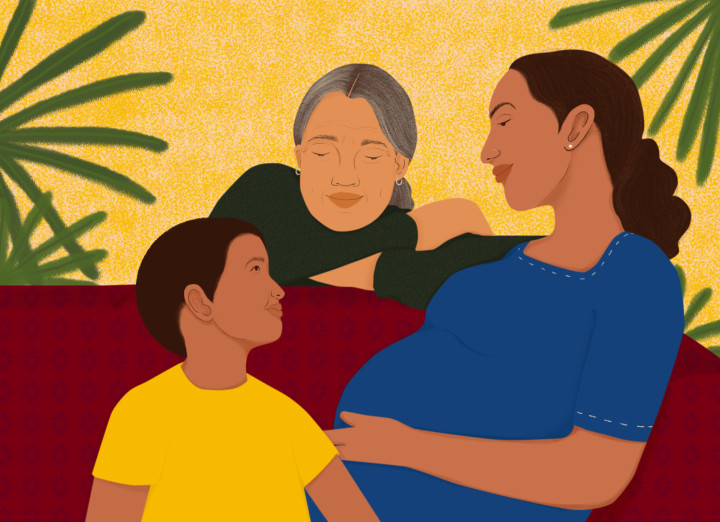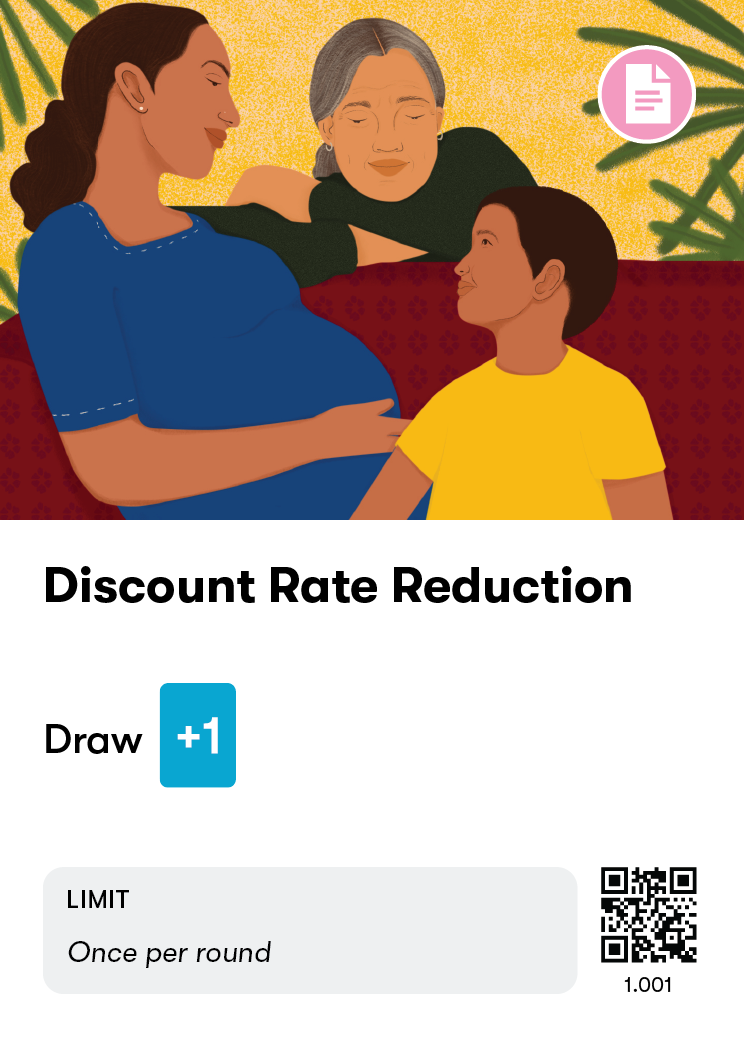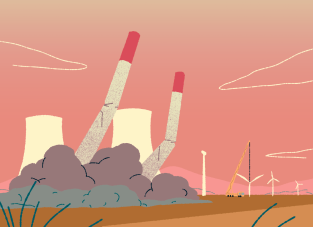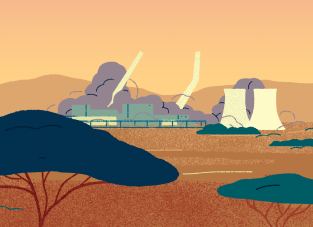Discount Rate Reduction
Local Project
The ‘social discount rate’ is used to weigh the costs of climate action to current generations against their benefits to future generations. The higher the discount rate, the more that current generations are prioritized over future generations. Traditionally, higher discount rates were justified using the assumption that guaranteed economic growth would make future generations wealthier. But the worsening damage caused by the crisis could make them much poorer. It could even be catastrophic. So, there is a growing consensus that discount rates should be low, zero (whereby the welfare of present and future generations is treated equally), or even negative (concern for the welfare of future peoples requires pressing action today).
There has also been a change in how we think about the present ‘costs’ of climate and ecological action. Replacing coal power plants and phasing out dirty vehicles might cost money, but it will reduce air pollution, among other benefits today, as well as reduce the effects of the climate emergency in the future.
Some economists argue that lower discount rates could divert investment away from poorer communities today, in favor of future generations. This is why many policymakers still think there is a trade off between action today and its future benefits. But, this might be a false trade off. Access to clean water, energy, housing, and other fundamentals can often be met without large environmental costs.
When you take this action, draw 1 Local Project card.
You may do this once per round.

What are social discount rates? (London School of Economics, Grantham Research Institute)
The obscure calculation transforming climate policy (Knowable Magazine)
Using a zero-discount rate could help choose better projects and help get to net zero carbon (World Bank blogs)



